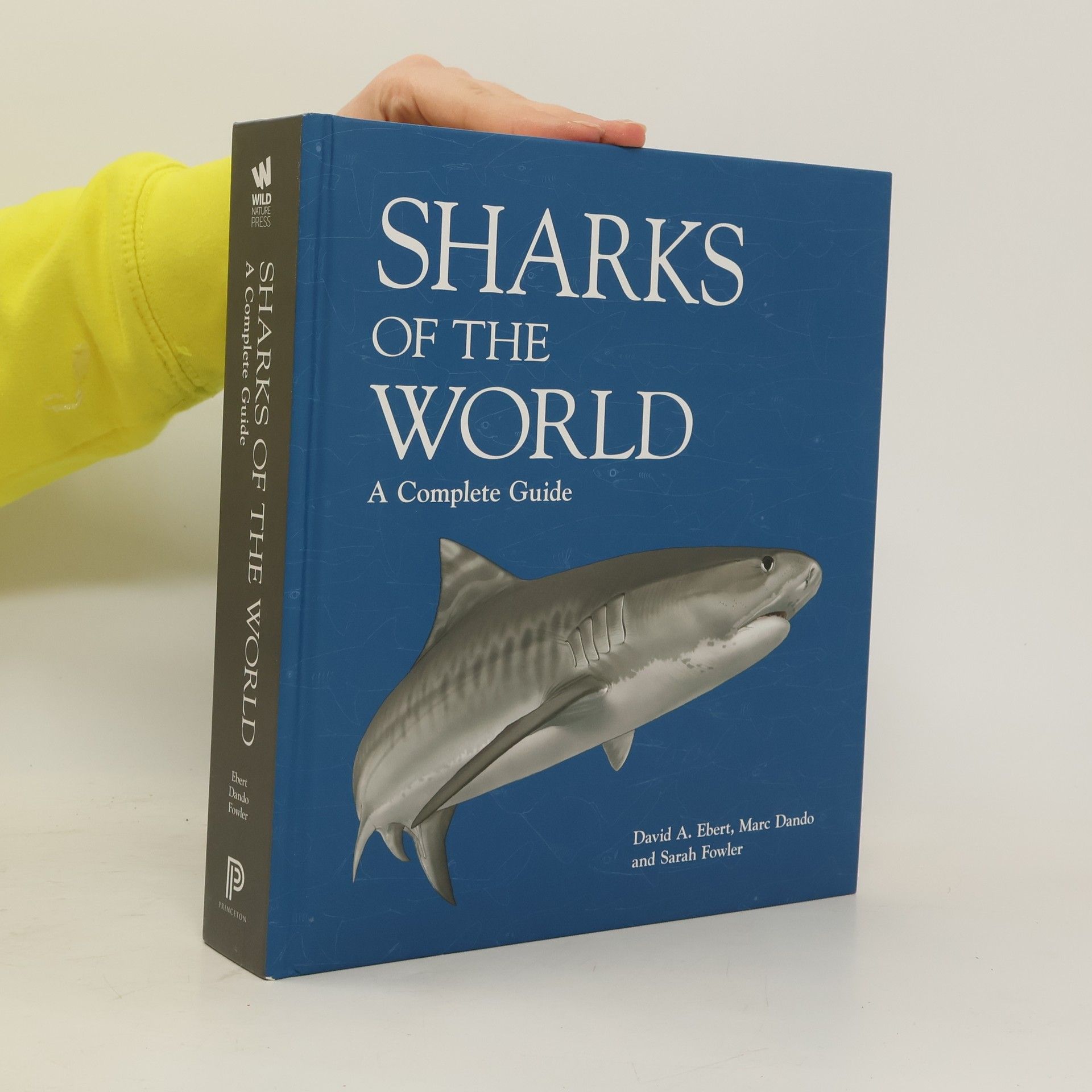Sharks of the World
- 624 páginas
- 22 horas de lectura
The most comprehensive reference guide to the world's sharks--now fully revised and updatedSharks of the World is the essential illustrated guide for anyone interested in these magnificent creatures. Now fully revised and updated, it covers 536 of the world's shark species and is packed with colour illustrations, colour photos and informative diagrams. This comprehensive, easy-to-use reference guide incorporates the latest taxonomic revisions of many shark families, featuring many species that were only described in recent years. It also includes a completely revised and expanded introduction and updated line drawings throughout.Covers 536 shark species from around the worldFeatures updated species accounts, illustrations and mapsGives an illustrated overview of shark biology, ecology and conservationIncludes fin identification guidesProvides a colour distribution map for every species

